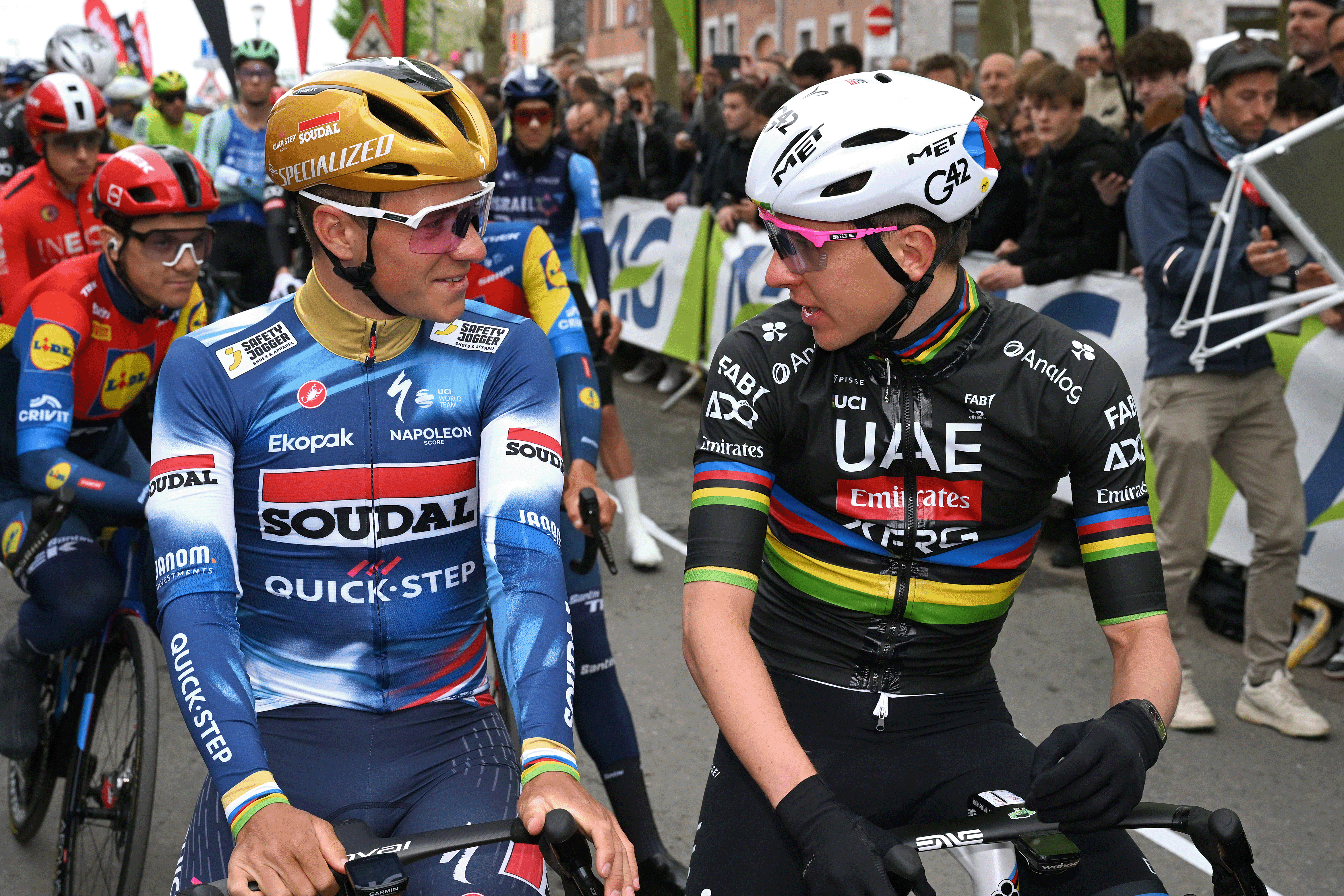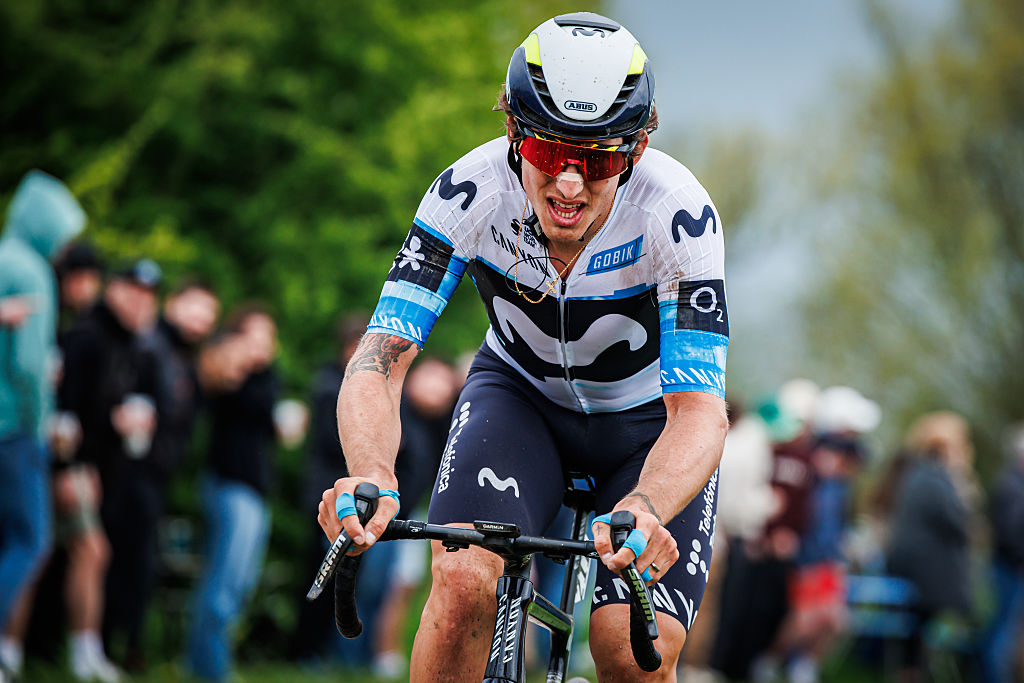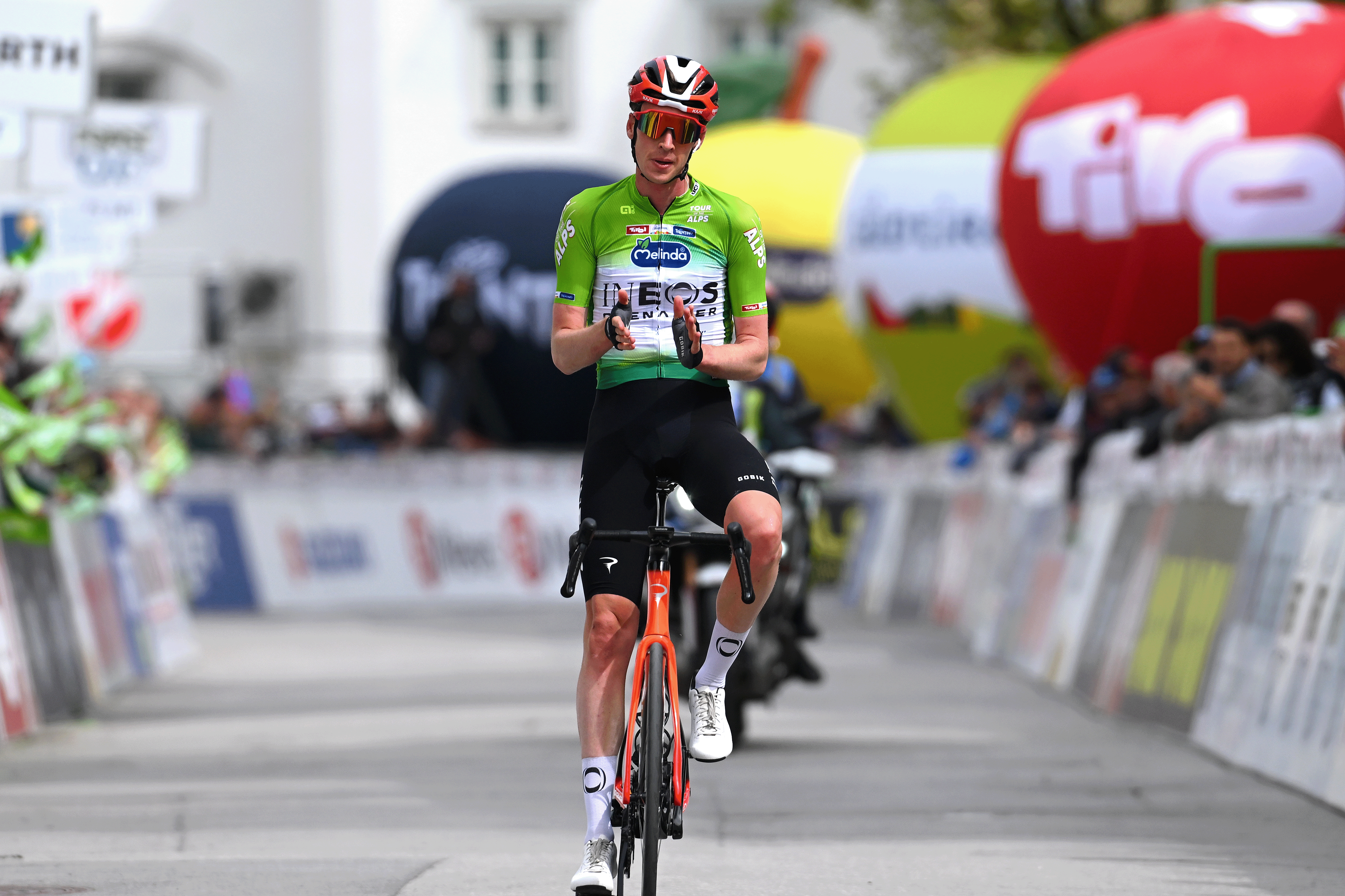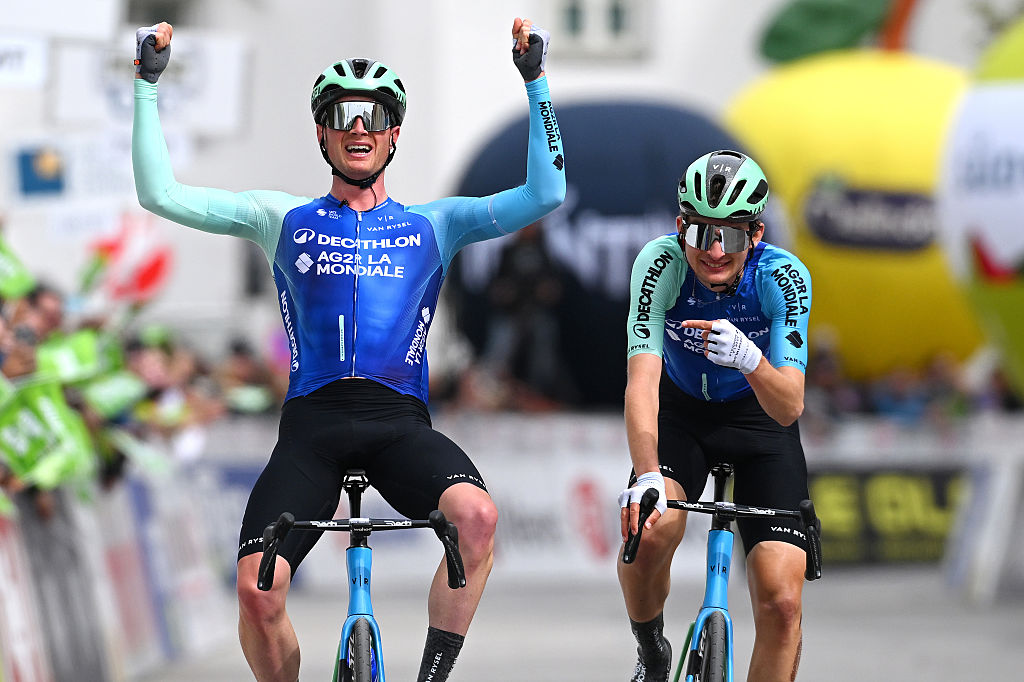Tour de France 2015 race preview
Tour de France countdown: 10 days to go
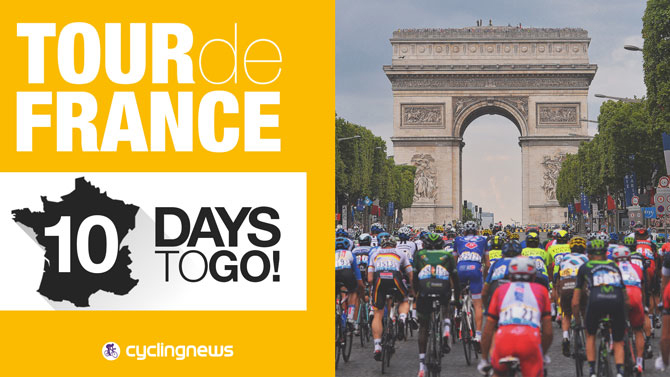
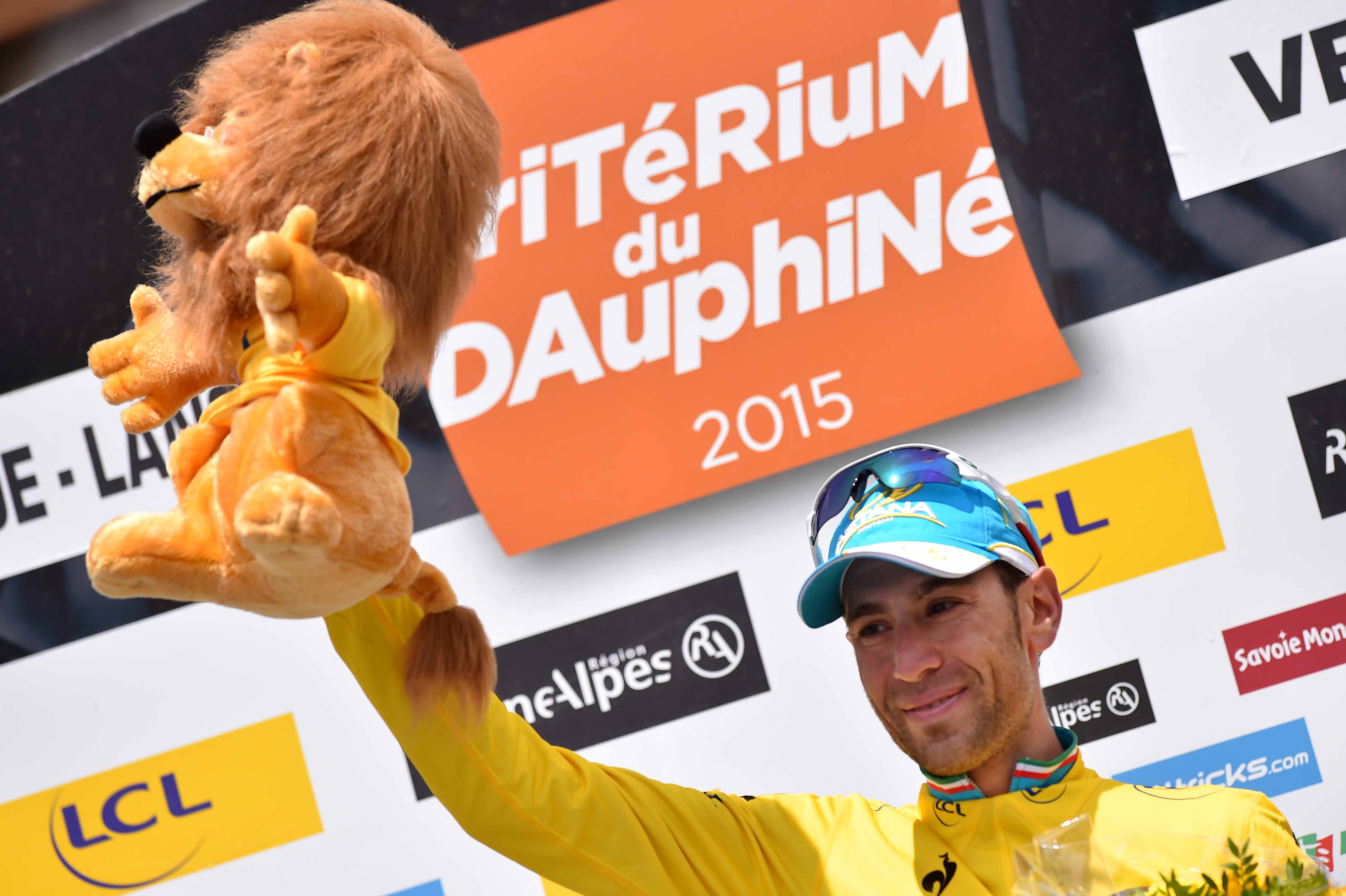
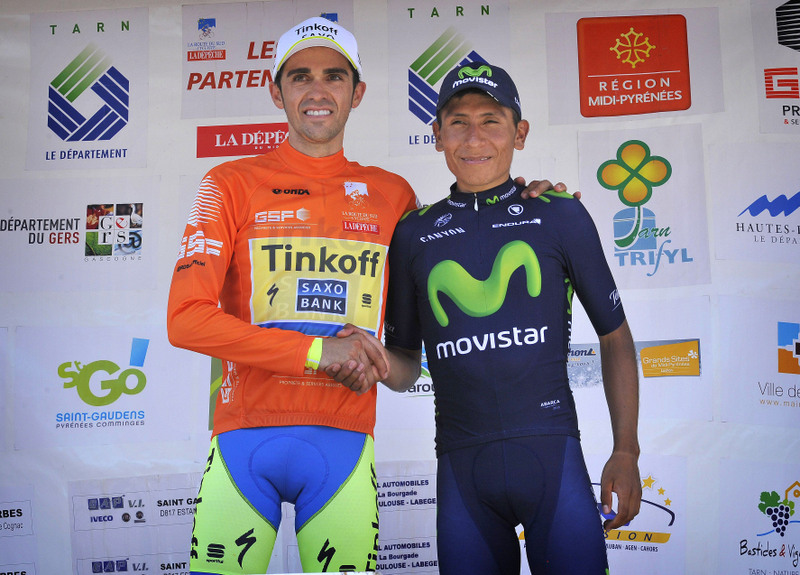
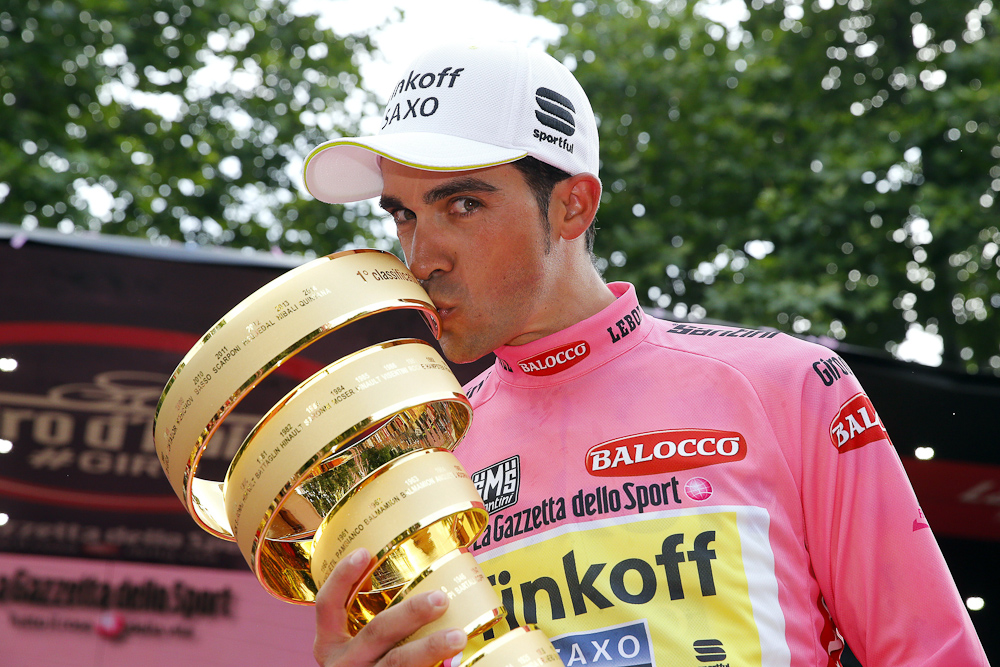
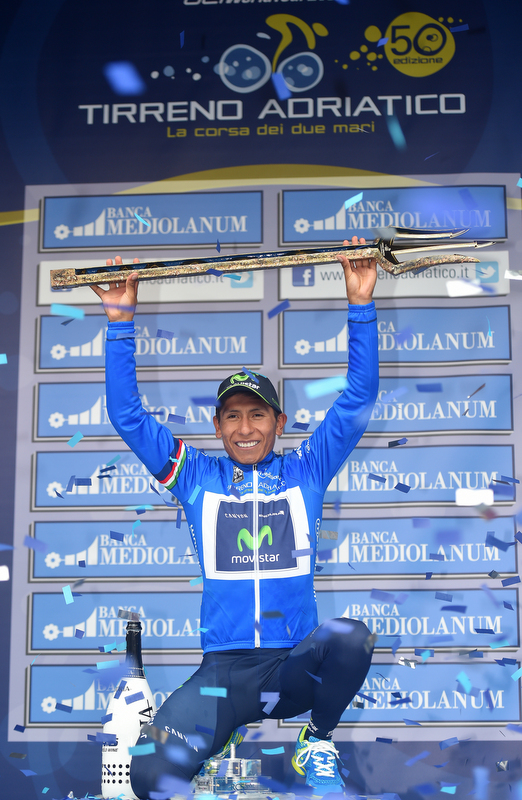
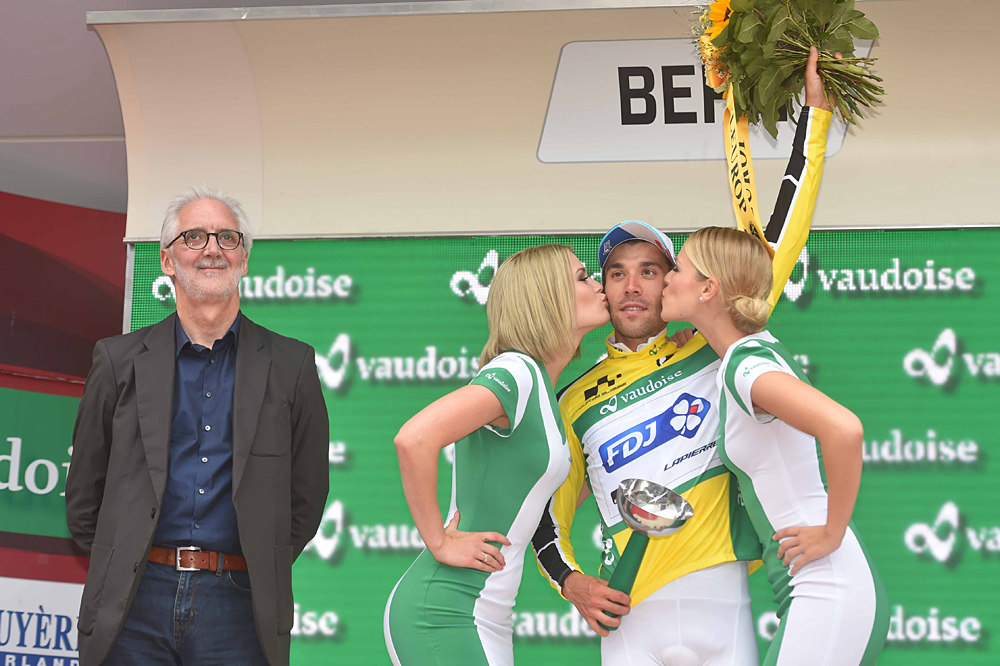
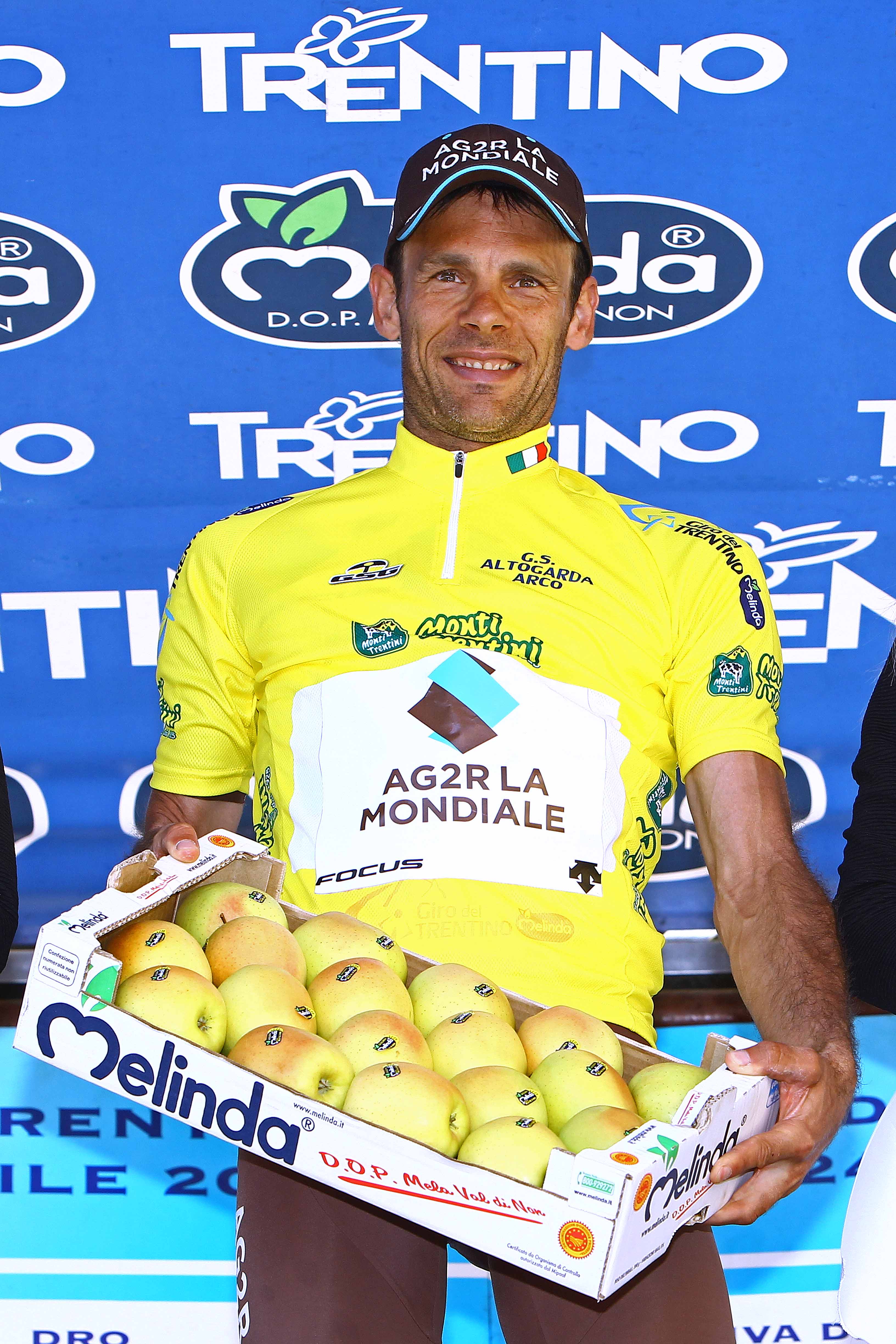
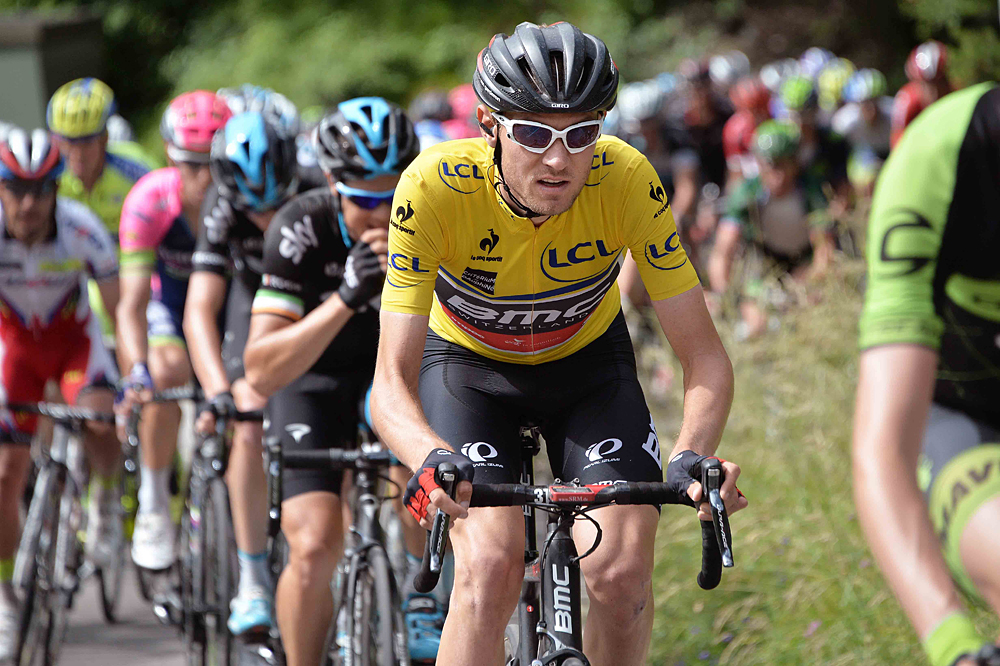
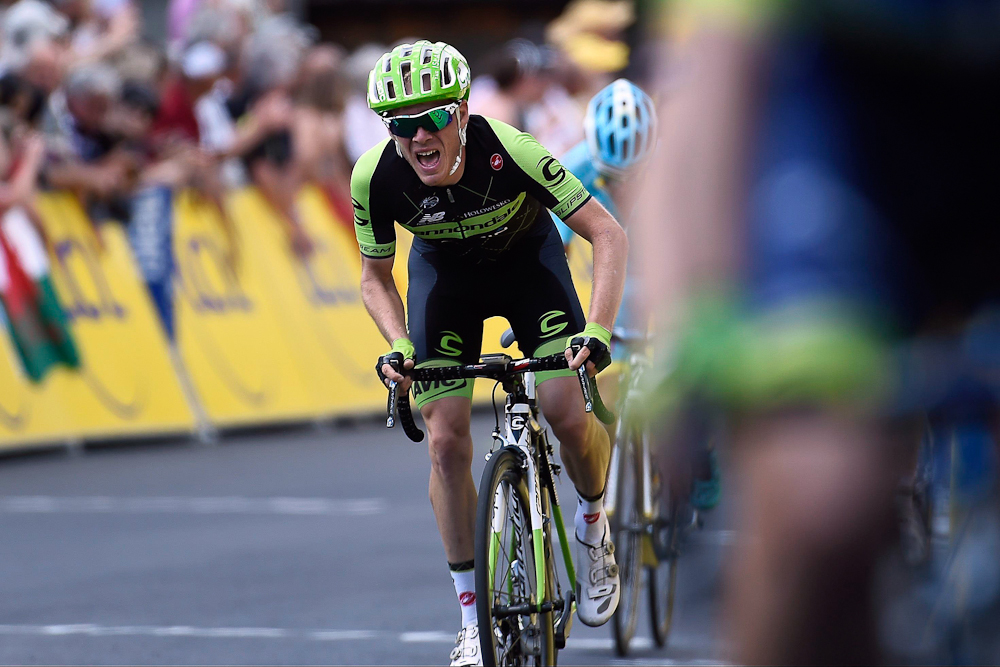
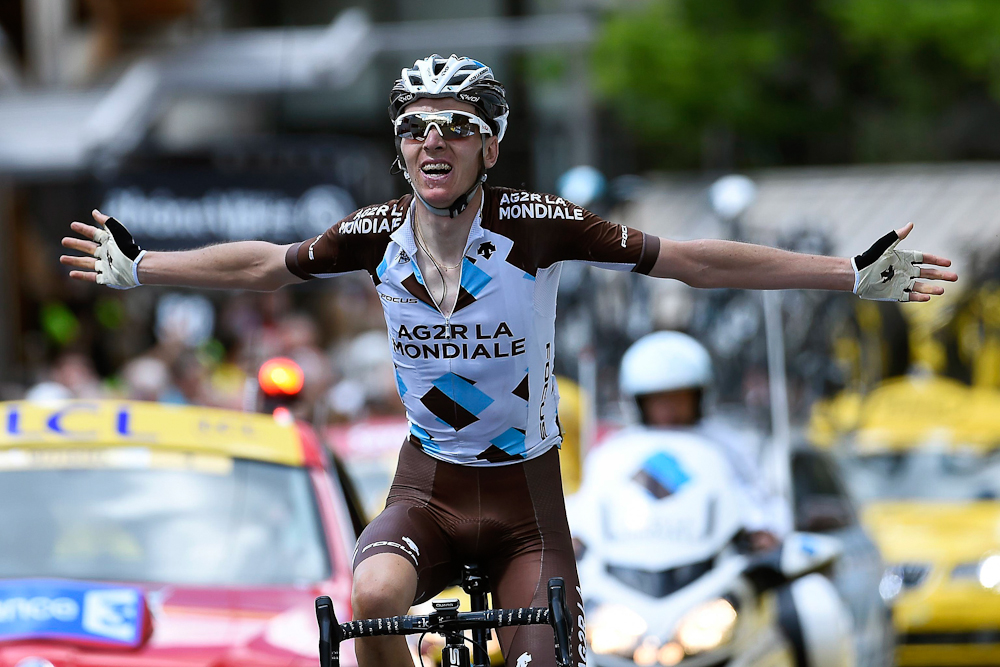
As befits a race that is celebrating the 40th anniversary of the red polka dot King of the Mountains jersey, the emphasis of the 102nd Tour de France is very firmly on climbing. There are no less than seven mountains stages and five summit finishes on a 3,360km route starting in the Dutch city of Utrecht on 4 July and finishing in Paris on 26 July, when another significant anniversary will be marked as it is 40 years since the Tour's first finale on the Champs Élysées.
However, despite being weighted towards the specialist climbers, the route is packed with all manner of tests designed to catch out the unwary and reward the courageous. This has become the defining style of Tour supremo Christian Prudhomme and his route director Thierry Gouvenou, with the pair determined to ensure that the contenders for the yellow jersey have to be right on their mettle from the 13.8km time trial in Utrecht on the very first day.
There are complications aplenty over the eight stages that follow, the most significant being the hilltop finish at Huy on day three, the 13km of Paris-Roubaix pavé that come the day after, and the hilltop finish that comes on the race's second Saturday at Mûr de Bretagne. Following that, and prior to the first rest day, a shortish team time trial should also be intriguing, both because of its rolling course and because some teams will already be down a rider or two.
Three hard days in the Pyrenees, including a very tough finish at Plateau de Beille, kick off the high-mountain action. This continues after the second rest day, when there are three summit finishes in the Alps. The first is at Pra Loup, where Frenchman Romain Bardet recently triumphed in the Critérium du Dauphiné, the second at La Toussuire, and the third at Alpe d'Huez, which for the first time features on the penultimate day of the race.
The Main Contenders
Vincenzo Nibali: As was the case last year before he sauntered to the title as his rivals floundered, the Italian has impressed on occasions but has held back his best. He led for a day at the Dauphiné, but ultimately didn't contend for victory. He'll be aiming to reveal his top form at the Tour, and last year's performance will ensure he won't be underestimated by his rivals despite his recent lack of wins.
Alberto Contador: The Spaniard is the pick of the four outstanding GC contenders based on form. He won the Giro d'Italia at the end of May and returned to racing to win the Route du Sud in mid-June. The mountainous route will suit "El Pistolero", but will a second Grand Tour in two months? No one has completed the Giro-Tour double since 1998.
Chris Froome: Victory at the Critérium du Dauphiné suggested that the 30-year-old Briton is back on track after a stop-start early season. Froome won both of the concluding mountain stages and, better still, his team impressed hugely. All he needs now is to avoid the first-week misfortunes that hobbled his challenge last year.
Nairo Quintana: For some, the Colombian climbing ace is the outstanding favourite, but he's only raced for four days in the past two months, finishing second to Contador at the Route du Sud. Quintana spent most of that spell altitude training on his home roads, just as he did before winning the Giro title last year.
The dark horses: The Tour may be celebrating the 40th anniversary of the KoM jersey with a mountain-fest, but it's also no coincidence that the home nation now has a group of outstanding climbers. Leading the way is Thibaut Pinot, third overall last year and looking ever more confident as a team leader and Grand Tour contender. The FDJ rider only finished fourth in last week's Tour of Switzerland, where he was stymied by the lack of mountain stages. However, on the one big day in the hills he was untouchable and looks a good bet for a top five finish.
The same cannot be said for 2014 runner-up Jean-Christophe Péraud, who won the Criterium International in March, but has struggled to find his best form since then. His Ag2r La Mondiale teammate Romain Bardet looks more likely to trouble the four big guns following his Dauphiné success at Pra Loup. On that same day, Tejay van Garderen took the overall lead in the Dauphiné. The BMC rider was only edged out by Chris Froome on the final stage, underlining his credentials of the USA's leading contender, ahead of Cannondale-Garmin's Andrew Talansky.
The mountain-heavy route should suit Spanish veterans Joaquim Rodríguez and Alejandro Valverde, but their focus may be set on stage wins rather than the yellow jersey, which now looks an impossible ambition for them. Rui Costa, the rider who beat the two Spaniards to the world title in 2013, is a more serious candidate for a high finish on GC following his third place at the Dauphiné.
The route
• 3,360km across 21 stages, from July 4-26
• Nine flat stages, three hilly stages, seven mountain stages with five summit finishes
• Race starts with a 13.8km individual time trial in Utrecht
• A 28km team time trial in Brittany on stage nine
Key stages
Stage 4: It's unusual for the Tour to feature cobbles in consecutive editions, but after last year's muddy mayhem in which Vincenzo Nibali shone they are back again. Making predictions for the pavé is pointless. Anything can happen.
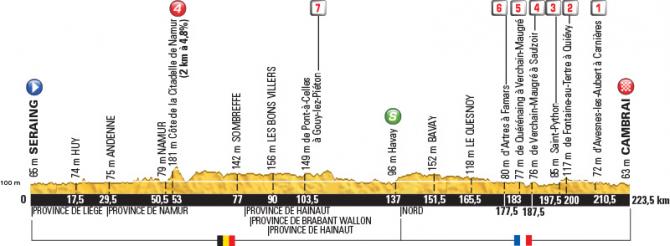
Stage 10: Stage 12's finish at Plateau de Beille may be tougher, but the first high mountain stage of any Grand Tour is always likely to produce a shock or two. This is even more likely when it comes directly after a rest day when the riders' normal racing routine has been disrupted. La Pierre St Martin is also a new finish, adding to the intrigue.

Stage 17: A day packed with particular meaning for the French given Bernard Thévenet's victory over Eddy Merckx here in 1975. These aren’t the most testing climbs in the Alps, but the descent off the Allos rates very highly in terms of difficulty. Bardet's show of daring there at the Dauphiné yielded success at Pra Loup.
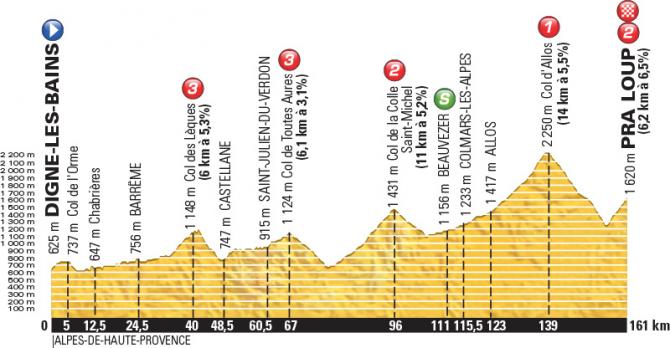
Stage 20: As a result of the probable closure of the Galibier due to the threat of a landslide, the final two mountain stages may have a very similar aspect. But, however they approach it, Alpe d'Huez is much more of a test than La Toussuire. Could it produce a final swing in fortunes in the battle for the yellow jersey?
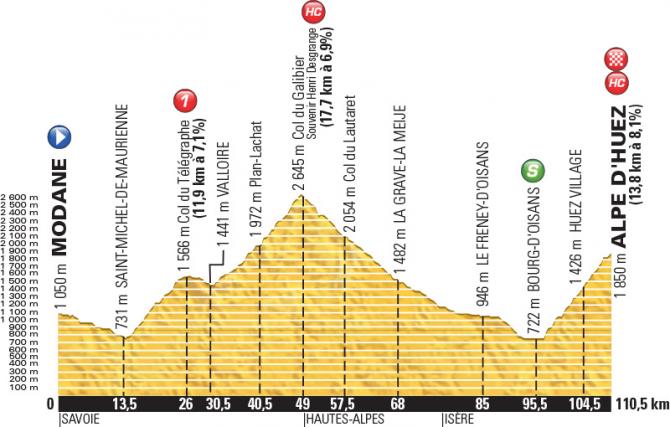
The battle for the Green Jersey
Worn by the rider who places most consistently among the leading finishers on each stage, who are awarded points on the line, it is usually dominated by the peloton's best sprinters. This year the balance has been tipped further in their favour as a result of a slight increase in the points available on the nine flat stages. This is designed to favour the pure sprinters, such as Mark Cavendish, Marcel Kittel and Alexander Kristoff, over three-time points champion Peter Sagan, who not as prolific when it comes to winning stages.
Get The Leadout Newsletter
The latest race content, interviews, features, reviews and expert buying guides, direct to your inbox!
Peter Cossins has written about professional cycling since 1993 and is a contributing editor to Procycling. He is the author of The Monuments: The Grit and the Glory of Cycling's Greatest One-Day Races (Bloomsbury, March 2014) and has translated Christophe Bassons' autobiography, A Clean Break (Bloomsbury, July 2014).
Latest on Cyclingnews
-
'I didn't expect to be at this level already' – Remco Evenepoel still improving ahead of Liège-Bastogne-Liège clash with Tadej Pogačar
Olympic champion has surprised himself with such good shape after returning to racing from injury -
Vuelta Asturias: Ivan Garcia Cortina nabs breakaway win on stage 2
Movistar rider narrowly hangs onto victory ahead of chaser Julius Johansen in second, as Marc Soler finishes third and takes the overall lead -
'Really happy and proud' – No complaints for Thymen Arensman after losing Tour of the Alps lead on final day
Dutchman admits Michael Storer was 'on another level' as the Australian clawed back the overall win on stage 5 -
'Nico deserves it more' – Prodhomme wins final stage as teenage Paul Seixas becomes the revelation of the Tour of the Alps
French 18-year-old repays teammate with first pro victory as Decathlon AG2R La Mondiale go 1-2 in Lienz
